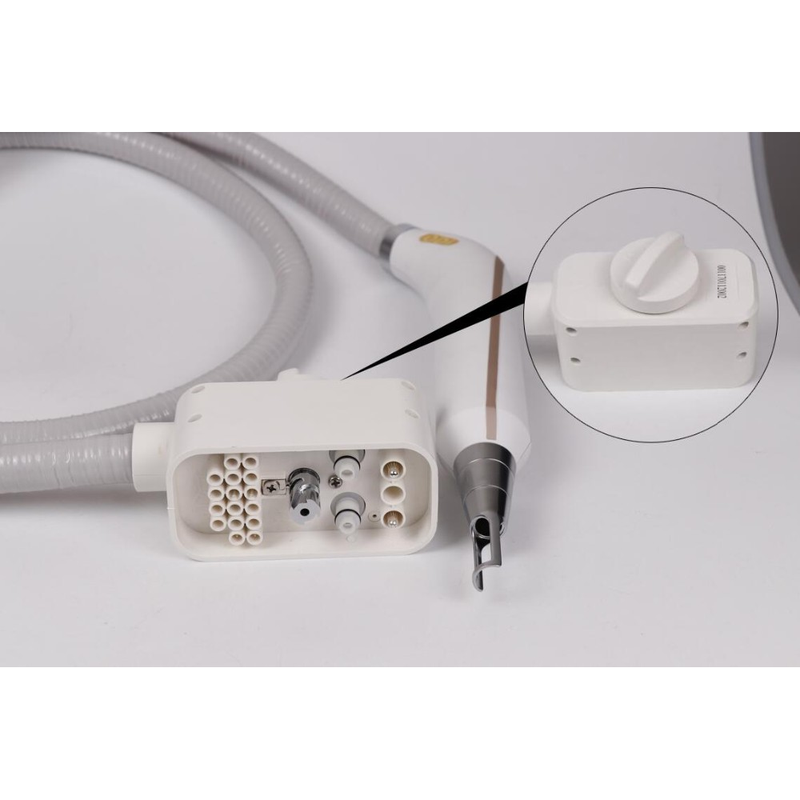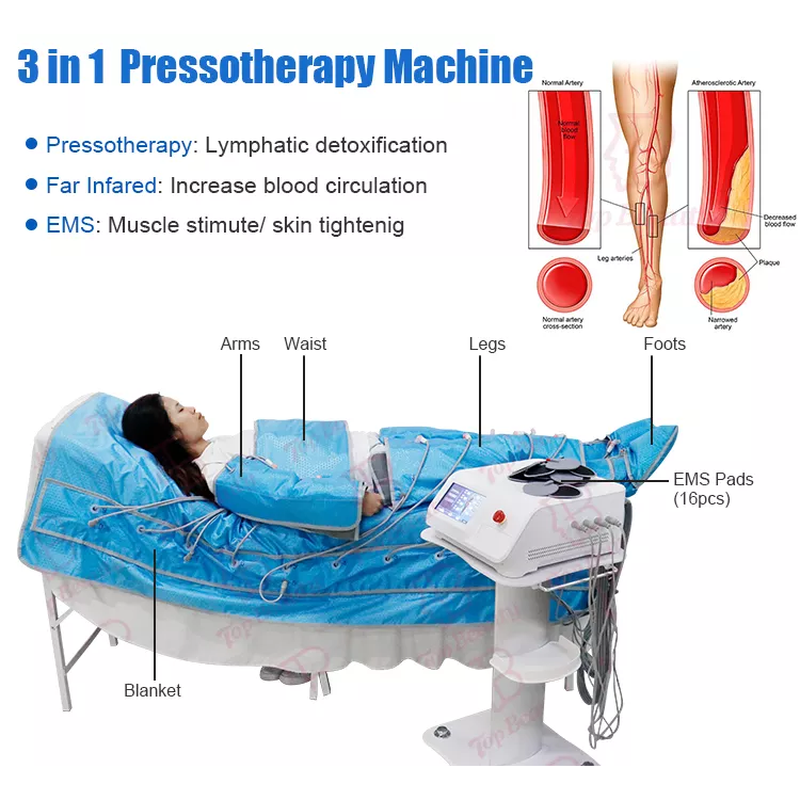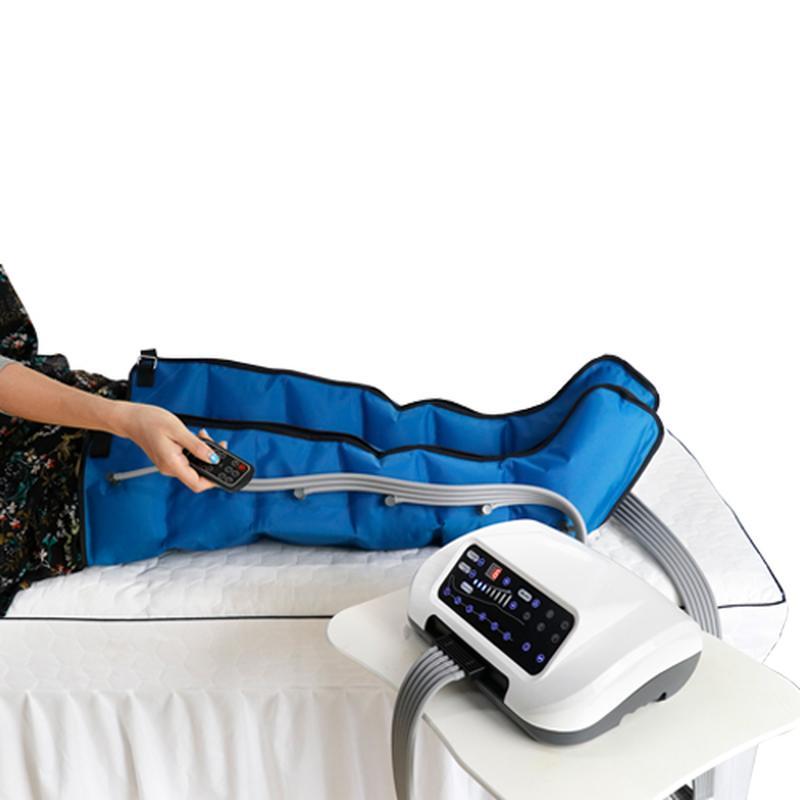Машины для удаления татуировок: как лазерная технология удаляет нежелательные татуировки. Татуировки были формой самовыражения на протяжении веков, но желание удалить их становится все более распространенным. С помощью передовых
Машины для удаления татуировок: как лазерная технология устраняет нежелательные татуировки
Татуировки были формой самовыражения на протяжении веков, но желание удалить их становится все более распространенным. С развитием технологий удаление татуировок стало безопасным и эффективным процессом. Лазерная технология находится на переднем крае этого развития, обеспечивая надежный метод устранения нежелательных татуировок. Значимость удаления татуировок заключается не только в их эстетической привлекательности, но и в психологическом воздействии, поскольку люди стремятся стереть прошлые сожаления или нежелательные символы. Эта статья погружается в мир машин для удаления татуировок, исследуя, как работает лазерная технология и ее преимущества.
Понимание технологии лазерного удаления татуировок
Лазерное удаление татуировок - это неинвазивная процедура, которая использует высокоинтенсивные световые лучи для разрушения чернил татуировки. Процесс включает в себя несколько ключевых компонентов:
- Лазерные устройства: Современные машины для удаления татуировок оснащены современными лазерами, которые излучают определенные длины волн света, предназначенные для воздействия на разные цвета чернил. Например, лазер Q-switched широко используется благодаря своей способности эффективно воздействовать на широкий спектр цветов чернил.
- Фрагментация чернил: Когда лазерный луч попадает на татуировку, он разбивает частицы чернил на более мелкие фрагменты. Этот процесс имеет решающее значение, поскольку он позволяет иммунной системе организма поглощать и устранять чернила.
- Взаимодействие с кожей: Взаимодействие лазера с кожей тщательно контролируется, чтобы минимизировать повреждения и способствовать заживлению. Современные машины часто оснащены системами охлаждения, чтобы уменьшить дискомфорт и предотвратить ожоги.
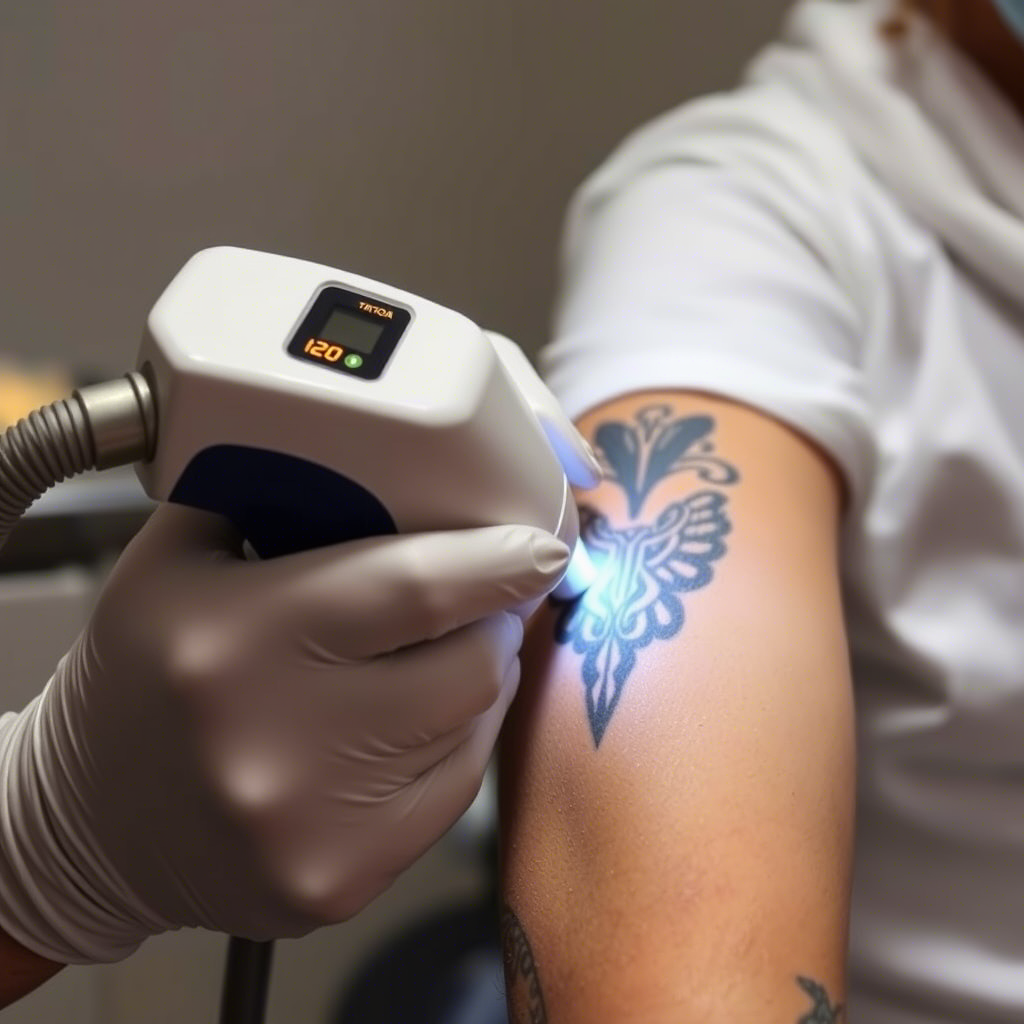
Наука, лежащая в основе лазерного удаления татуировок
Эффективность лазерного удаления татуировок заключается в его способности воздействовать на определенные цвета и глубины чернил. Ключевые аспекты включают:
- Выбор длины волны: Разные лазеры излучают разные длины волн, каждая из которых предназначена для воздействия на определенные цвета чернил. Например, длина волны 532 нм эффективна для удаления красных и оранжевых чернил, а длина волны 1064 нм воздействует на черные и синие чернила.
- Продолжительность импульса: Продолжительность лазерного импульса имеет решающее значение. Короткие импульсы более эффективны для удаления татуировок, поскольку они обеспечивают высокую пиковую мощность, которая разбивает чернила, не вызывая чрезмерного повреждения окружающих тканей.
- Плотность энергии: Энергия лазера, измеряемая в джоулях на квадратный сантиметр, должна быть тщательно отрегулирована в зависимости от характеристик татуировки и типа кожи человека.
Преимущества и соображения лазерного удаления татуировок
Хотя лазерное удаление татуировок высокоэффективно, оно не лишено своих соображений. Некоторые из преимуществ и факторов, которые следует учитывать, включают:
- Эффективность для разных цветов чернил: Лазерная технология продвинулась до такой степени, что может эффективно удалять широкий спектр цветов чернил. Однако некоторые цвета, такие как зеленый и желтый, могут быть более сложными для удаления, чем другие.
- Тип и тон кожи: Успех удаления татуировки может варьироваться в зависимости от типа и тона кожи. Люди с более темным тоном кожи могут потребовать специализированных лазеров, чтобы минимизировать риск изменений пигментации.
- Количество необходимых сеансов: Количество сеансов, необходимых для полного удаления, широко варьируется в зависимости от размера, цвета и глубины татуировки, а также характеристик кожи человека.
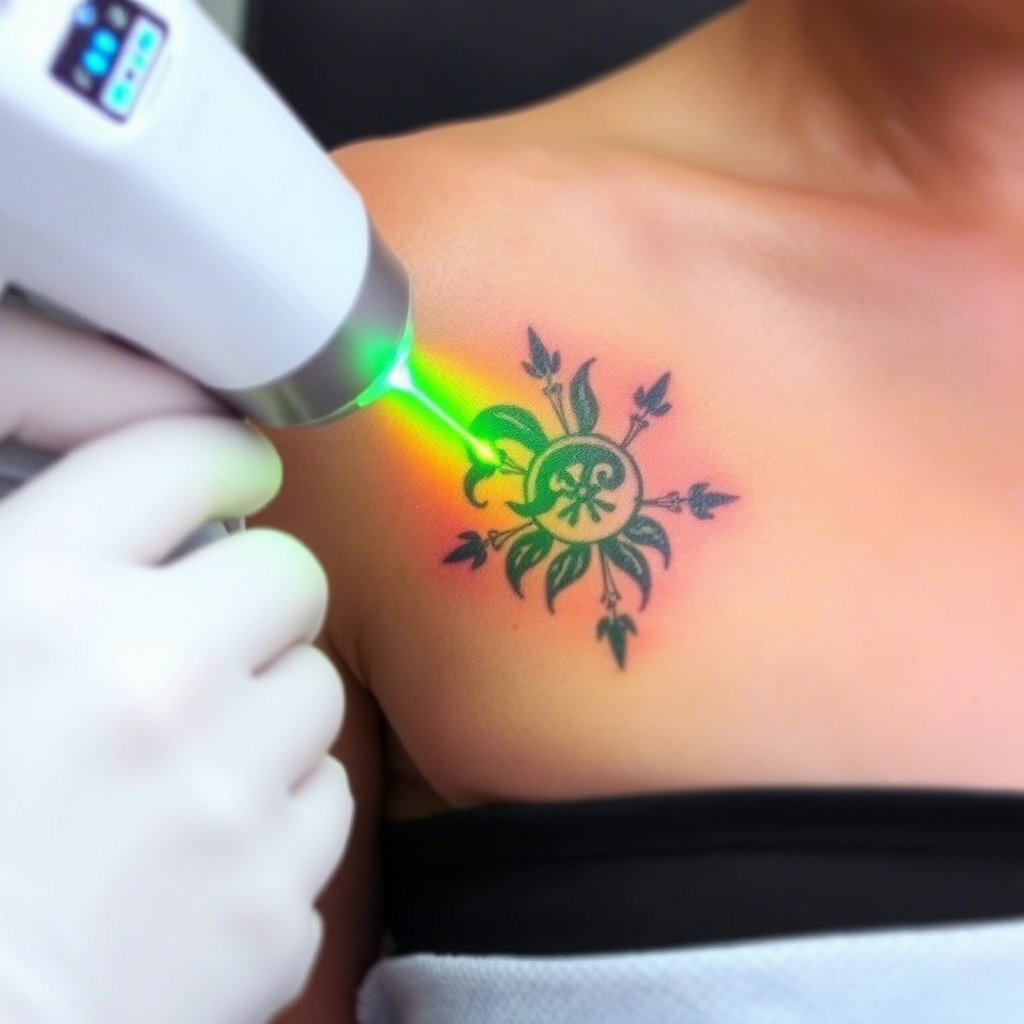
Практические применения и исследования
Удаление татуировок - это не просто теоретический процесс; это реальность для многих людей. Например, исследование, опубликованное в Журнале клинической и эстетической дерматологии, подчеркнуло эффективность лазерного удаления татуировок в серии исследований. Один примечательный случай включал пациента с большой многоцветной татуировкой, которая была успешно удалена за несколько сеансов с использованием комбинации длин волн лазера.
Выбор правильной машины для удаления татуировок
Для практиков выбор правильной машины для удаления татуировок имеет решающее значение. Факторы, которые следует учитывать, включают:
- Тип и длина волны лазера: Тип лазера и его длина волны имеют решающее значение для эффективного воздействия на разные цвета чернил. Практикам следует выбирать машины, которые предлагают гибкость в вариантах длины волны.
- Системы охлаждения: Современные системы охлаждения могут значительно повысить комфорт пациента и снизить риск побочных эффектов.
- Поддержка и обучение производителя: Выбор надежного производителя, который предоставляет всестороннее обучение и поддержку, имеет решающее значение для обеспечения безопасного и эффективного лечения.
Для получения более подробной информации о выборе подходящей лазерной технологии посетите веб-сайт Американского общества лазерной медицины и хирургии.
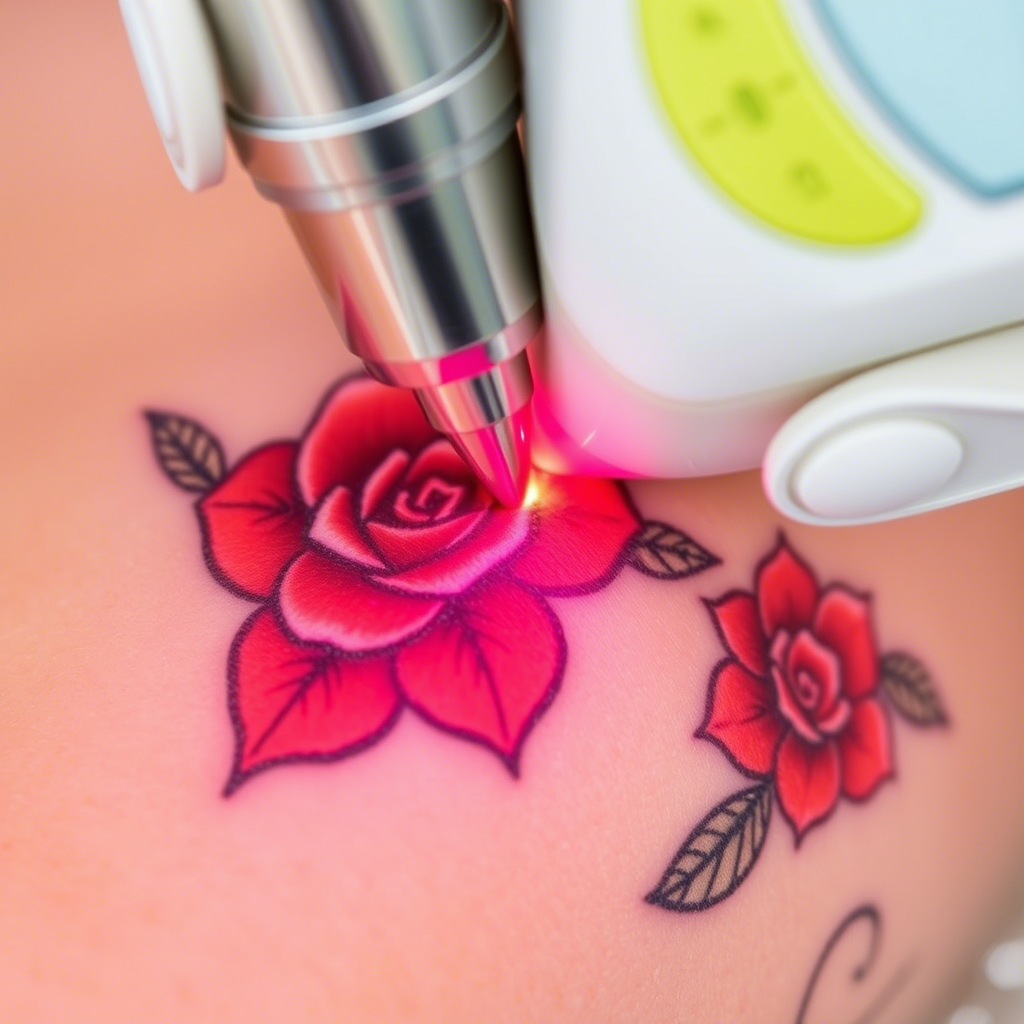
Достижения и будущие направления
Область удаления татуировок постоянно развивается, и продолжающиеся исследования и разработки направлены на улучшение эффективности и безопасности. Некоторые области фокуса включают:
- Новые лазерные технологии: Исследователи изучают новые лазерные технологии, которые могут более эффективно воздействовать на более широкий спектр цветов чернил с меньшим количеством побочных эффектов.
- Комбинированные терапии: Растет интерес к комбинированию лазерного удаления с другими методами лечения, чтобы улучшить результаты. Например, использование лазеров в сочетании с местными методами лечения может потенциально улучшить процесс удаления.
Чтобы оставаться в курсе последних достижений, профессионалы могут обратиться к ресурсам, таким как Международное общество дерматологической хирургии.
Заключение
Удаление татуировок с помощью лазерной технологии революционизировало способ устранения нежелательных татуировок. Понимая науку, лежащую в основе лазерного удаления татуировок, преимущества и соображения, а также практические применения, люди могут принимать обоснованные решения о своем пути удаления татуировок. По мере того, как технологии продолжают развиваться, перспективы эффективного и безопасного удаления татуировок будут только улучшаться. Будь вы рассматриваете возможность удаления татуировки или являетесь практиком, стремящимся улучшить свои услуги, оставаться информированным о последних достижениях в лазерной технологии - ключ к успеху.

